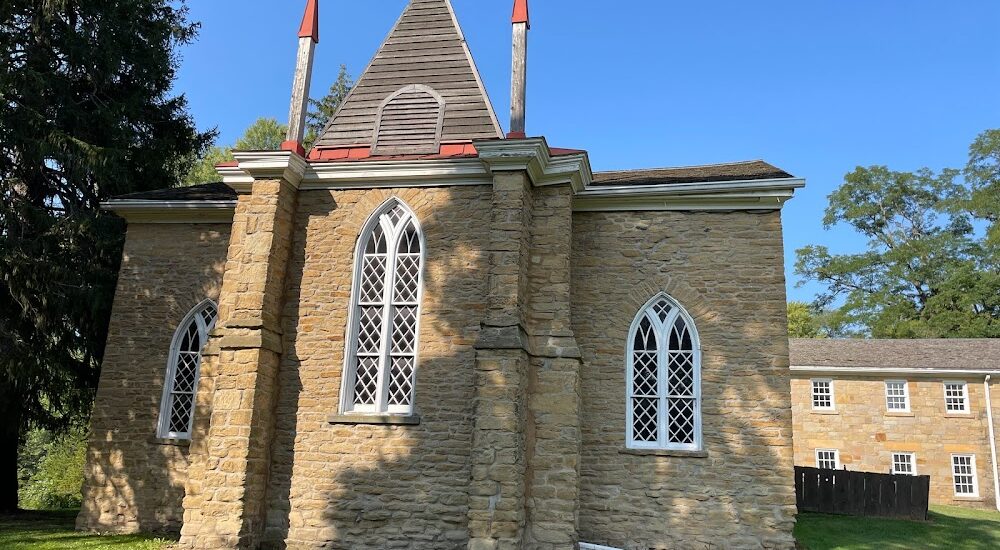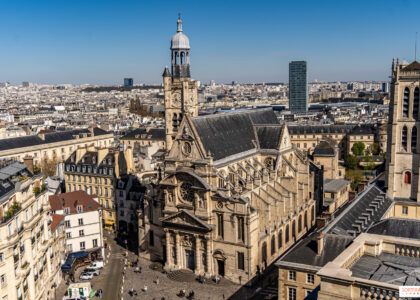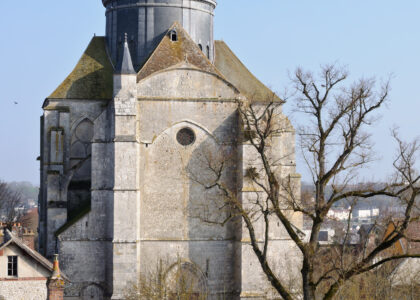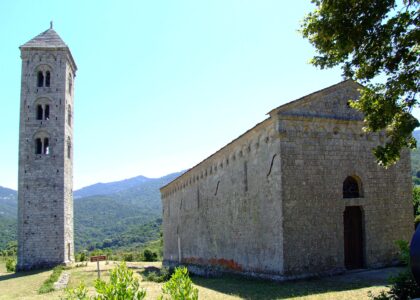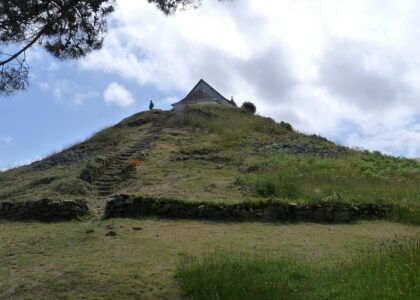Welcome to Jubilee College State Historic Site, a place where history and nature harmoniously coexist. Founded in 1839 by Episcopal Bishop Philander Chase, this site was established as one of Illinois’ earliest educational institutions. Chase, an influential figure in American religious and educational history, envisioned Jubilee College as a refuge for learning, isolated from urban distractions to nurture future Episcopal clergy. The college, once bustling with activity, included a theological seminary, a preparatory school for boys, and a seminary for girls. By 1840, the college was operational, with a Gothic Revival chapel made from native sandstone serving as its heart. This chapel, consecrated in 1840, was inspired by an Anglican chapel near London and still stands as a testament to Chase’s vision.
Jubilee College was more than just a school; it was a community. The grounds once housed various facilities, including a sawmill, grist mill, and even a small hand printing press for ‘The Motto,’ a periodical of the time. However, the college faced challenges due to its remote location, which eventually contributed to its decline. After Bishop Chase’s death in 1852, the institution struggled to maintain operations and ultimately closed in 1862.
After years of dormancy, the site was revitalized by the Civilian Conservation Corps in the 1930s and later underwent major restorations in the 1970s. Today, Jubilee College State Historic Site invites visitors to explore its storied past through guided tours of the chapel and school buildings, where you can step back in time to the 1840s. As you walk these grounds, imagine the lives of the students and teachers who once called this place home, shaping it into a beacon of education on the Illinois frontier.


